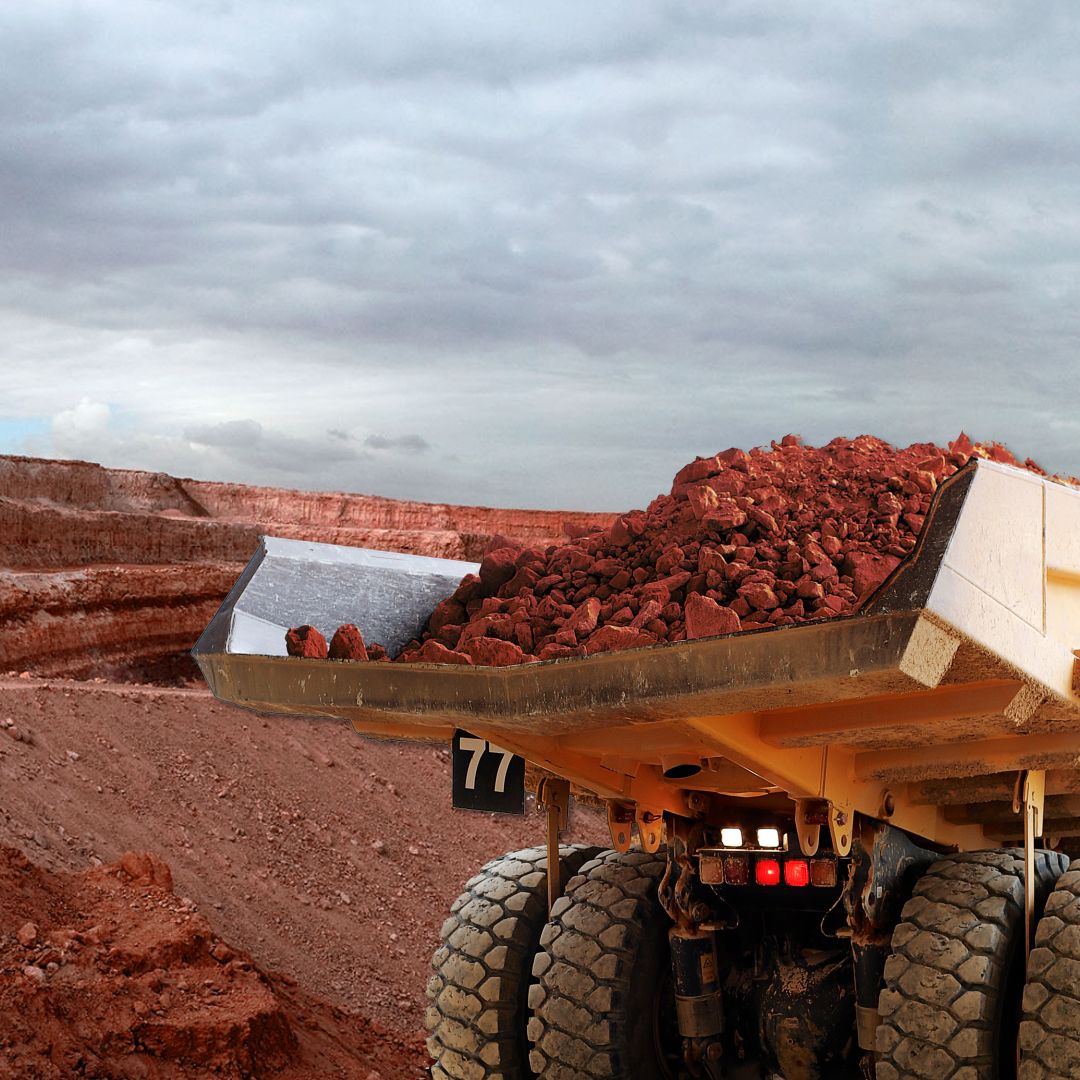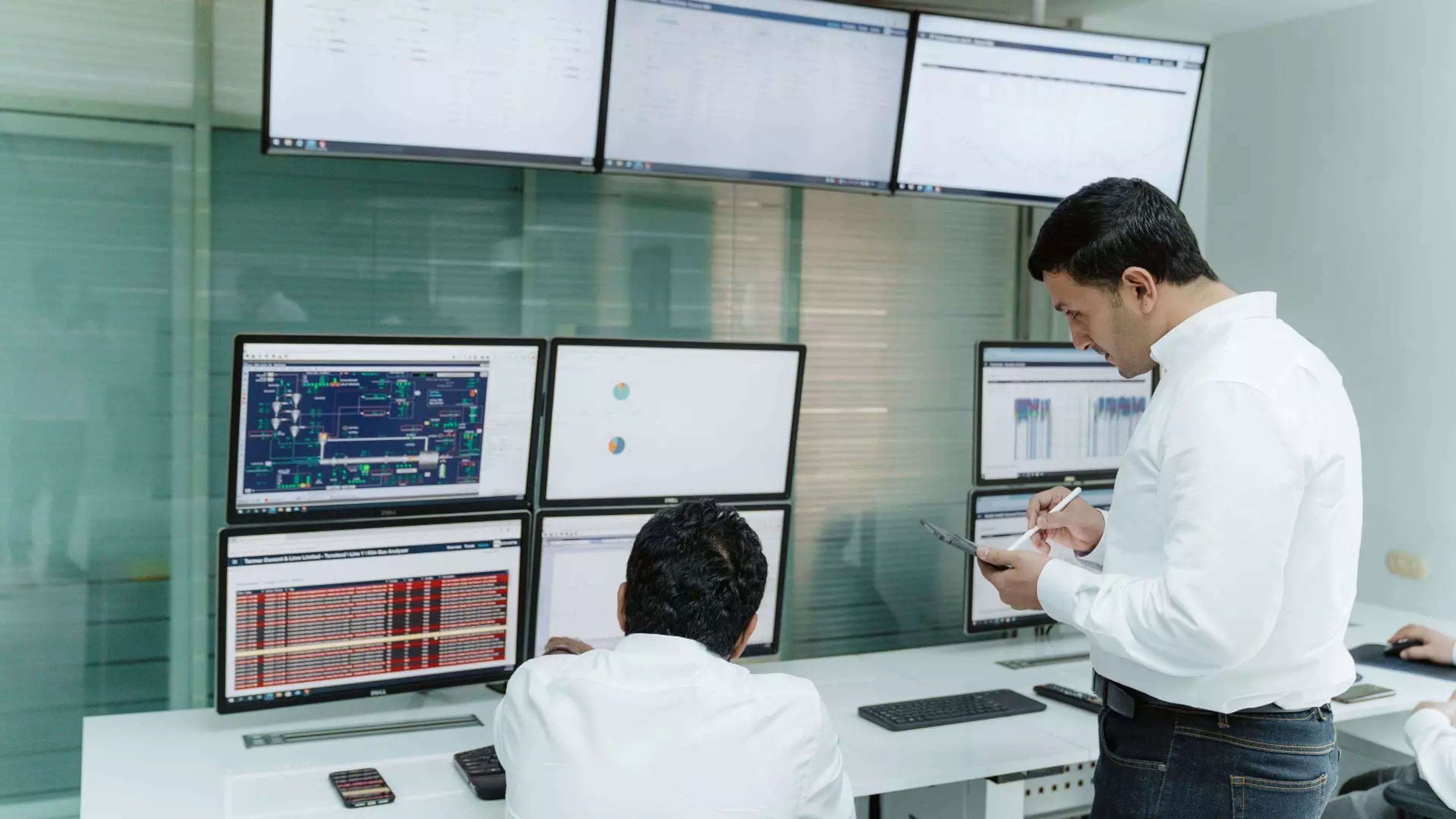article
Revealing the numbers behind calcined clay
Clay is a naturally occurring material found almost everywhere around the world with the potential to replace 30% of the energy intensive clinker. But how does the calculations look in terms of fuel- and power consumption. We did the math.
One of the great benefits of calcined clay is that it activates at a much lower temperature than that required to make clinker. With temperatures of 750 – 850˚C instead of 1400 – 1500˚C and much lower costs for grinding and handling, you gain significant fuel and power savings – 30% and 40%, respectively – when comparing the operating cost to make 1 tonne of clay versus 1 tonne of clinker. While this is obviously a great result for the environment, it also makes for much lower operating costs, enabling you to achieve a reduced cost per tonne of cement.
Table 1 summarizes a direct comparison between two common type of cements, the traditional OPC and LC3, in which 30% of the limestone is replaced by clay. The impact is clear: 40% lower CO₂ emissions per tonne of cement. And that is without considering the further reductions you could gain if you also switched to more environmentally-friendly fuels.
Table 1
* Based on 15% moisture and 10% LOI in the raw clay
** excludes carbonate and organic content in slay (traces may be expected)
*** excludes "neutral" CO2 fuels
You’ll note that Table 1 also references the fact that by halving clinker content, you could double cement production. This would certainly be a driver for cement manufacturers seeking to increase productivity. However, even where extra capacity is not required, the benefits are incredibly valuable. A more efficient, more environmentally friendly process – working smarter, not harder.
Reasons to use calcined clay to reduce your clinker factor
- Up to 40% CO₂ emissions reduction per tonne of cement
- 30% reduction in power consumption per tonne of cement
- 40% reduction in fuel consumption per tonne of cement
- Increase productivity without increasing emissions
- Worldwide availability
- Maintain cement quality with much-reduced environmental impact
- Technology is proven and available now, with high ROI and low OPEX
Managing the risks of a new investment
With any new technology, there will always be some hesitation. Being an early adopter carries risks as well as benefits. But having dedicated ourselves to equipping the cement industry with the means to achieve net zero, we want to give cement manufacturers the confidence that they are investing in solutions that will work for them. That’s why we set up a pilot plant in our test facility in Denmark, specifically dedicated to calcined clay.
Here, we can carry out full chemistry and mineralogical testing of your clay source, as well as a clay reactivity analysis. We can also put your clay through our pilot test system, including crushing/drying, calcining, colour control, strength testing, etc. to show that the clay will meet the strength and colour requirements of a blended cement for ultimate peace of mind before making an investment.
This facility was instrumental in the decision by French cement manufacturer Ciment Vicat to invest in a 525 tpd clay calcination plant, which will be built in France. Citing increasing demand for sustainable cements as one of their main drivers, Ciment Vicat approached us with the project knowing we had the ability to confirm the suitability of their locally available clay source. We tested 5 tonnes of clay and were able to give them the reassurance they needed to proceed with the investment.
RENAUD CLAIE, PROJECT DIRECTOR - Vicat Group
“With the results from the pilot studies at FLSmidth Cement's test facilities, we are confident that this technology will provide a truly environmentally-friendly alternative, enabling us to reduce CO₂ emissions by 16 per cent compared to our existing cement products as soon as the site is commissioned in 2023, and perhaps even more than that in the future,” says Renaud Claie, project director at Vicat Group. Leadership like this is so important to moving the industry forward. Where one global leader moves, others will follow. We congratulate Ciment Vicat on their initiative and commitment to their sustainability goals.
The Ciment Vicat project
Ciment Vicat has ordered Europe’s first full-scale clay calcination plant. It will have a design capacity of up to 525 tpd and be located at their site in Xeuilley. The scope of the contract with FLSmidth Cement includes a clay feeder , dryer crusher , calcination tower and gas emissions abatement equipment. In addition, the project also includes the facilities needed for alternative fuels handling. Altogether, the company expects both a financial and environmental return-on-investment from lower CO₂ emissions, fuel savings and reduced clinker ratio.
One decade to make a difference
Calcined clay is a stable, widely available resource that slots in easily to the existing cement manufacturing process. It requires new but familiar technologies. It produces a different but equally high-quality cement product, at a lower cost, using less energy and less fuel. It has the potential to dramatically reduce the cement industry’s environmental impact.
What are we waiting for? FLSmidth Cement is ready to assist with your clay calcination plans and to help answer any questions or concerns you might have. This is our decade to make a difference. We can reduce the pressure on our industry and on our planet by moving the cement industry over to a more environmentally friendly cement product as standard.



.png?w=3840&q=80&auto=format)
.jpg?w=1080&q=80&auto=format)

